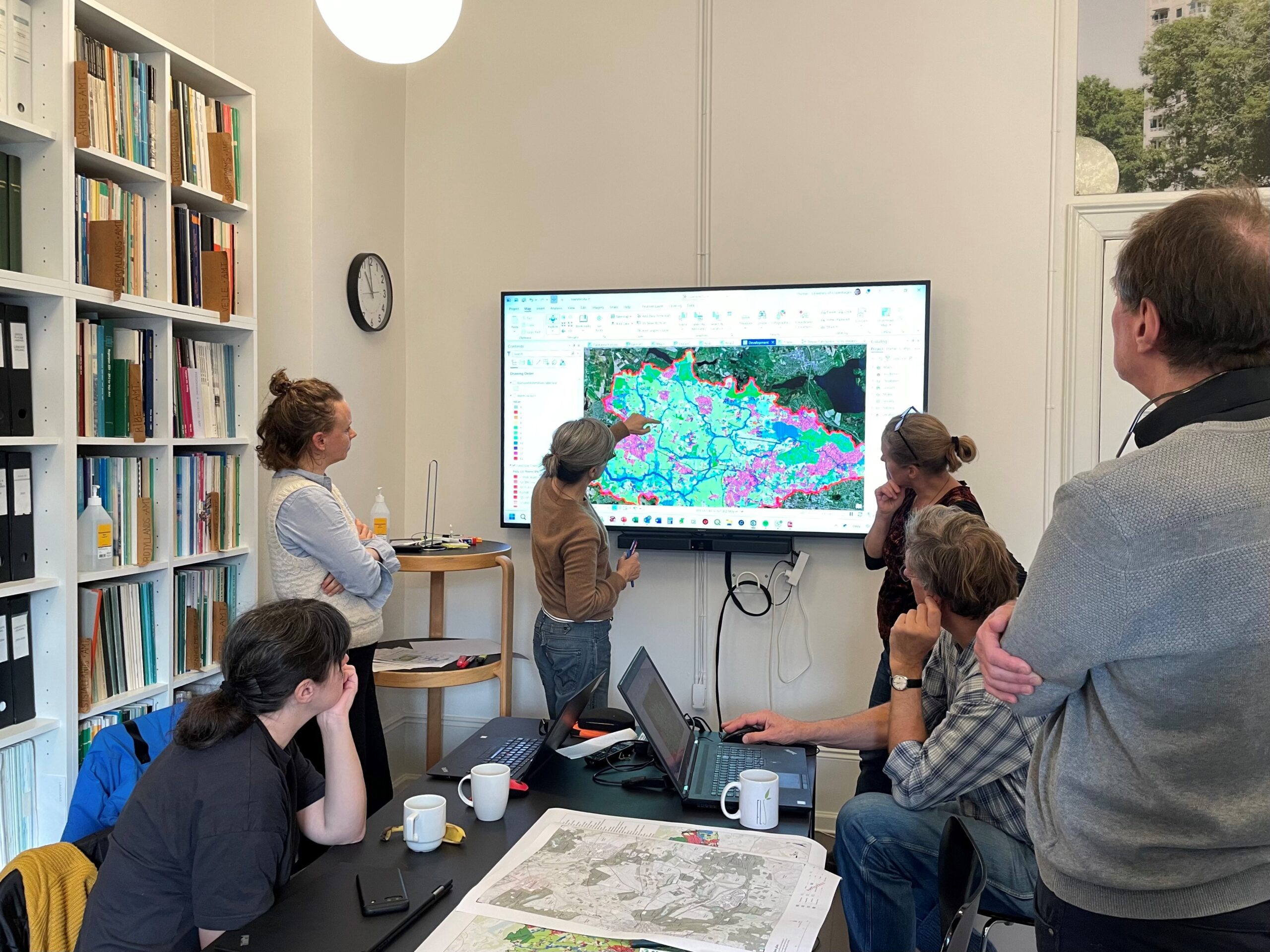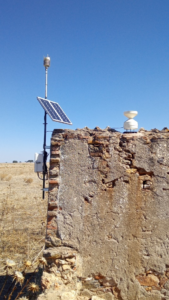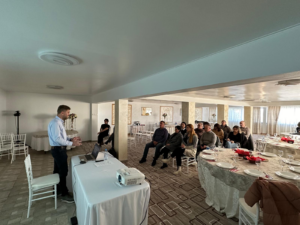On December 4th, 2024, the three InterLayer Danish partners—The Geological Survey of Denmark and Greenland (GEUS), the University of Copenhagen, and the Capital Region of Denmark—gathered for a half-day workshop at the Department of Geosciences and Natural Resource Management of the University of Copenhagen. The purpose was to brainstorm and strategize the next steps for the project’s Living Lab.
The Danish Living Lab, located in the Værebro Å river and its surrounding catchment area, is pioneering innovative slow hydrology interventions to strengthen resilience against extreme rainfall and prolonged droughts, aggravated under climate change. These interventions focus on retaining and slowing water movement within the catchment, carefully considering the complex interplay between groundwater, surface water, soil types, terrain, and the local landscape. By combining terrain modifications, ecosystem management, and the thoughtful integration of land use with cultural heritage practices, the Living Lab aims to increase the local resilience to the impacts of climate change.


During the workshop, participants used soil, elevation, and land use maps, alongside GIS visualizations and options for hydrologic modelling to explore the local potential for slow hydrology interventions. Discussions centered on various intervention scenarios, their potential co-benefits, and the additional data required to plan and design them effectively.
The workshop agreed to hold follow-up meetings in March and April 2025, ensuring continued collaboration and progress on the Danish Living Lab.


